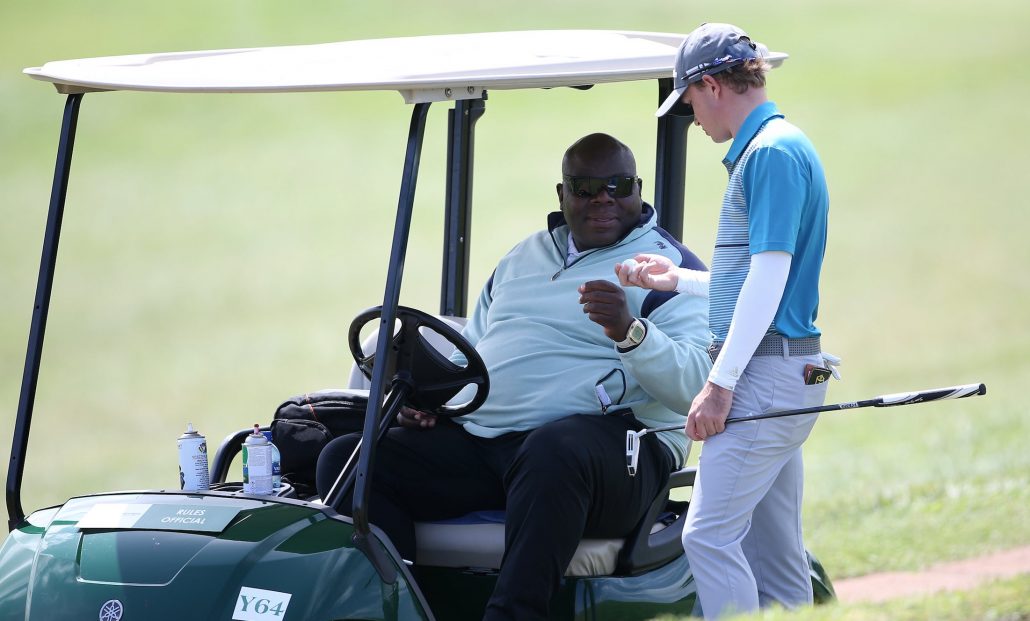Another in our series from one of the Sunshine Tour’s leading rules officials to help to get the best golf course experience.
The Sunshine Tour season is still in full swing with exciting international events coming up.
This crop of talent will be focused on finishing the season strongly, with a high placing on the Order of Merit offering plenty of reward, beyond the substantial prize money on offer.
The Sunshine Tour is a gateway to the international Tours and those who perform well at home will soon be gracing the fairways of Europe and the rest of the world.
But it is already time for us to start looking towards next season and creating opportunities for the next wave of talented players coming through. I am, of course, talking about the pressure cooker that is Qualifying School, the tournament that players wishing to turn pro and join our Tour have to endure to get their card. The first stage was played in January and the final stage will take place at the end of our regular season in April. Ultimately, the name of the game is still the same, but there are some rules these new players need to be aware of that are different on Tour.
Although we all play under the same rules as those laid down by the R&A, on Tour we have unique local rules at tournaments that the players won’t necessarily come across on a regular basis. As mentioned before in this column, the Tours around the world all have a set of permanent local rules that we refer to as our ‘hard card’.
Just as it’s important for club golfers to make sure we know what local rules are in effect on the day of play or in a specific competition, aspiring Tour players need to make sure they familiarise themselves with our hard card to avoid costly mistakes.
Distance-measuring devices are an obvious one and can be a big adjustment. On Tour you have only your yardage book and your own judgement to assist you in determining distance to the flag. A second unique one is the so-called ‘One Ball Rule’. In terms of this local rule on Tour, you must use the same make and model of ball for the entire round. You can’t switch brands or even change to a different model.
However, the biggest adjustment to playing on Tour is probably the enforcement of the Pace of Play Policy. The rule book does give guidelines to speeding up play and there are penalties for breaching these rules, but in club play and most amateur tournaments, the consequences for slow play are usually enforced only in severe cases. Under the Rules of Golf, the committee in charge of the competition may stipulate and enforce a more detailed policy, with sanctions ranging from minor penalties all the way to disqualification.
In general, aspiring pros also need to be aware of the specific rules surrounding relief scenarios as players will face a lot more scrutiny whenever they have to pick up their ball and replace or drop a ball in a new position.
Getting this wrong can be costly. But, getting it right and knowing where the rules could potentially save you from a bad score and limit the consequences of an errant shot or an unplayable situation can be one of the biggest assets for a young touring pro.
– This article first appeared in the February 2022 issue of Compleat Golfer magazine. Subscribe here!









